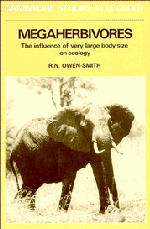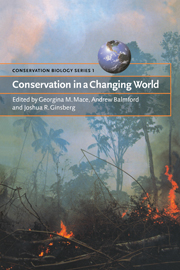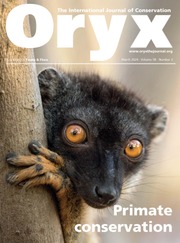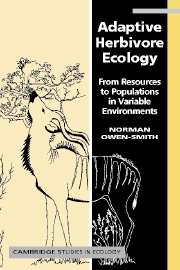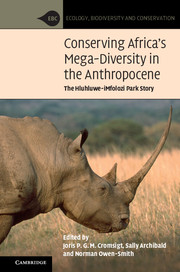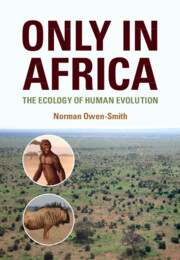Megaherbivores
The largest land mammals are constrained in their activities by their large body size, a theme that is emphasized in this account of their general ecology. The book begins by raising the question as to why these once abundant and widely distributed 'megaherbivores' - elephants, rhinos, hippos and giraffes - have all but gone extinct, and ends by considering the implications of the answer for the conservation of the remaining populations. Existing megaherbivores are placed in the context of the more numerous species which occurred worldwide until the end of the last Ice Age, and knowledge of the ecology of surviving species is used to analyse the cause of the extinctions. The information and ideas contained in this book are of crucial importance to all concerned with halting the rapidly worsening conservation status of remaining elephant and rhinoceros species, and carries a wider message for those concerned with the ramifying effects of man on ecosystem processes. Graduate students and research scientists in ecology, conservation biology and wildlife management will find this book of value.
- This book is about elephants, rhinos, hippos and giraffes. There are now several fewer of these animals alive than when we published the hardback
- The conservation of large mammals can only be achieved by a better understanding of their ecology. This book contributes to that knowledge
- Price now within reach of graduate students and research workers who form the potential audience for this volume
Product details
May 2012Adobe eBook Reader
9781139242547
0 pages
0kg
87 b/w illus. 40 tables
This ISBN is for an eBook version which is distributed on our behalf by a third party.
Table of Contents
- Prologue
- 1. Morphology, evolutionary history and recent distribution
- 2. Food and other habitat resources
- 3. Space-time patterns of habitat use
- 4. Body size and nutritional physiology
- 5. Body size and feeding ecology
- 6. Social organisation and behaviour
- 7. Life history
- 8. Body size and sociobiology
- 9. Body size and reproductive patterns
- 10. Demography
- 11. Community interactions
- 12. Body size and population regulation
- 13. Body size and ecosystem processes
- 14. Late Pleistocene extinctions
- 15. Conservation
- Epilogue: the megaherbivore syndrome
- Appendixes
- References
- Index.

